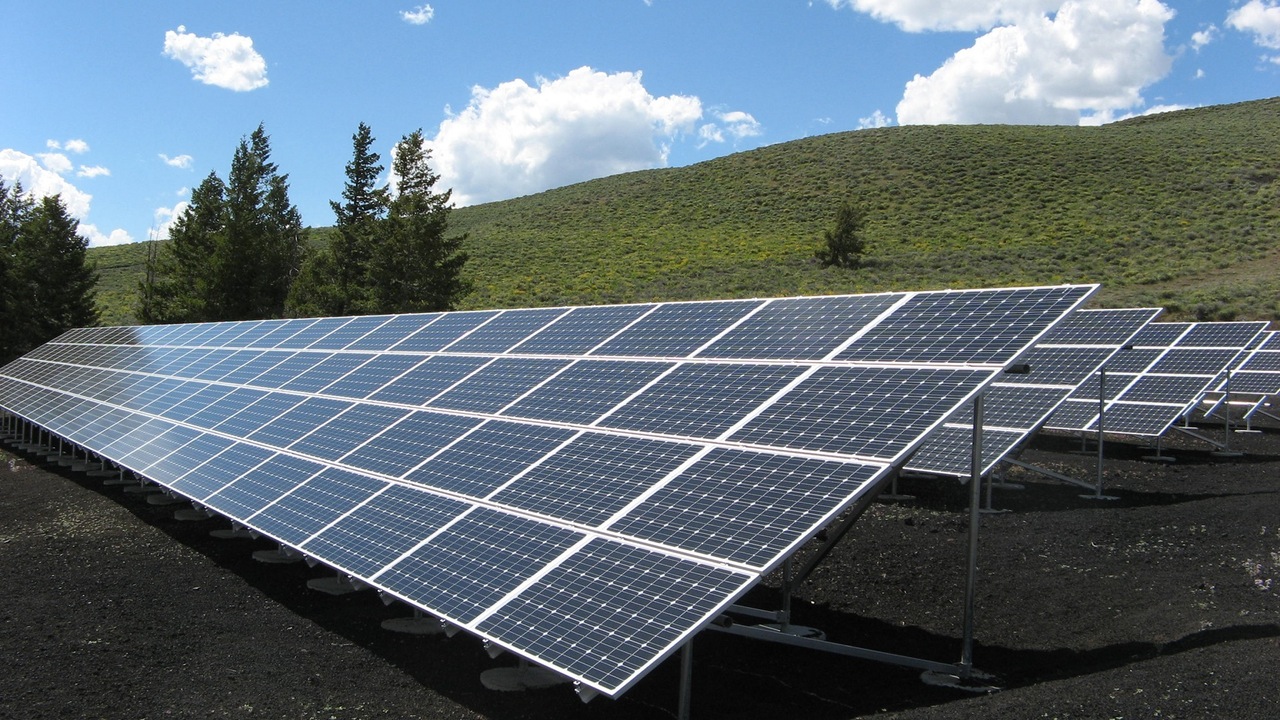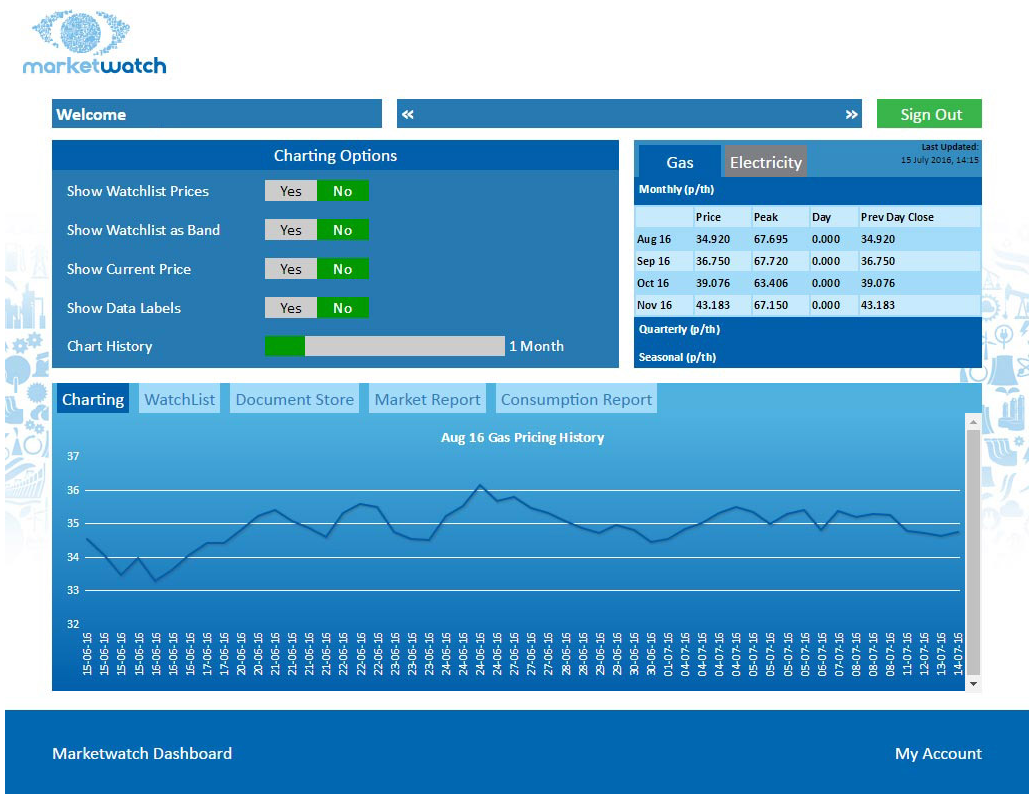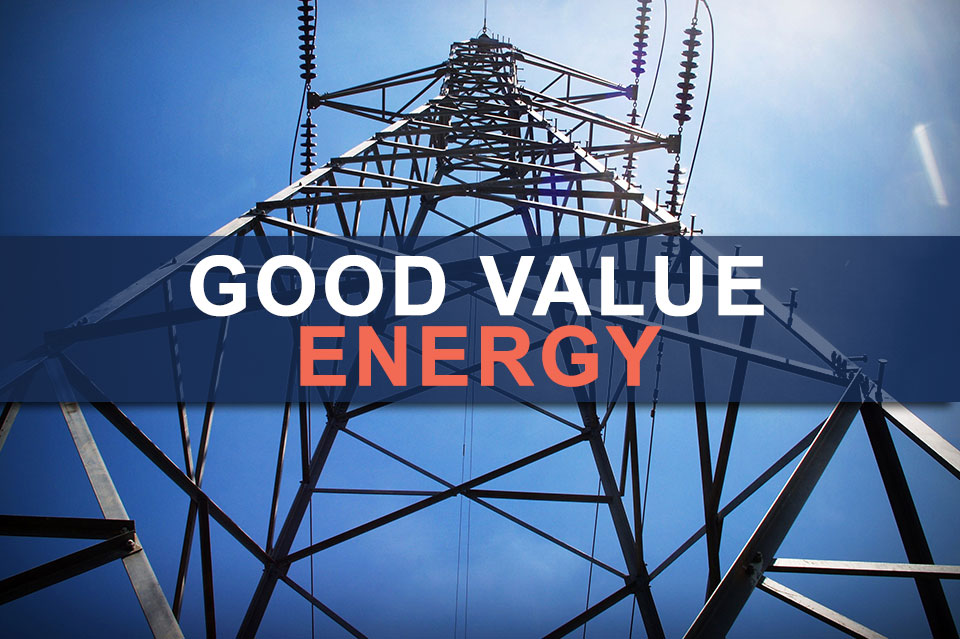Having a transparent relationship with your energy provider can be a huge benefit. Knowing you’re receiving energy which is good value at a fair price, and you’re only paying for what you need can be a huge financial relief. In this blog, we’re shedding some light on industry insights; what do the terms on your energy bill actually mean? Are you being billed for your estimated or actual usage? Are you being kept up to date on market updates?
Understanding your energy bill
Is your bill ‘estimated’ or ‘actual’? An estimated bill will be how much energy your provider estimates you will use in that quarter. Of course, as everyone uses energy differently; whether more or less than the estimate, you may be paying money for energy you’re not using. If this is the case, you can contact your provider with your actual reading; which means you will only be charged for the energy used. Your provider bases your estimates on a number of factors; your past energy use and patterns within this, the time of year as seasonally energy use changes and also, how well insulated the property is (if heat is easily lost, the heating bill in theory will be higher.) Since these factors may change, an actual reading is a more reliable way to do this. All you have to do is read the meter, and send it to your supplier- usually with just your account number, postcode and email address.
Perhaps an easier way than this as- you have to remember to send your meter reading, and it can take up to three weeks to calculate the bill from your readings- is to install a smart meter. With a smart meter, the provider can automatically read the meter for an accurate reading, and allows the user to monitor the energy meter- so there are no surprises!
Abbreviations
In the energy industry, there are a number of abbreviations to memorise! There are a few that are important to know in order to understand your bill:
ARD (Agreed Read Dispute): A process to resolve any issues which may occur during a change of tenancy if closing and opening meter readings do not match up.
KWH (Kilowatthour): The standard unit of measurement on which business electricity charges are based.
HH (Half- Hourly): For energy intensive businesses, this is the name used for meters with a ‘00’ profile electricity demand. To class as this type of business, these firms’ average peak electricity demand will have been more than 100kW in any three month period the previous year.
KVA (Kilovoltampere): The unit of power related to running industrial machinery
MPAN (Meter Point Administration Number): Also sometimes called the Supplier Number (or S Number), the unique number that can be found on a business electricity bill. The first two digits in the number are your meter profile. This relates to the HH- If you’re a Half Hourly user, this number will 00, for 05 to 08 for maximum demand users and 03 or 04 for small businesses.
CCL (Climate Change Levy): A government imposed charge placed on commercial electricity and gas. This programme aims to encourage lower energy consumption and therefore reduce greenhouse gas emissions.
Green energy:
When looking to make your business more environmentally friendly, changing to greener energy might be a priority. It most likely won’t be the cheapest tariff, however with some research you will be able to find a contract which will be a compromise between your business’ ethics- and your budget! There are many companies that specialise in green energy; which comes in many forms from wind, solar and wave power to biomass, tidal and hydroelectric power. An increased interest in our planet means public interest in green energy is increasing, resulting in fairer priced tariffs which are competitively priced to attract clients. The main advice we would give you is to shop around and compare the available tariffs; our expert energy advisers are always on hand to discuss the best plans with you for your business.

Fixed vs. Flexible energy procurement
A fixed energy contact means a customer agrees to pay a fixed rate, and knows they will pay that rate for the duration of the contract which can range from 1-3 years in length.
A flexible contract requires the customer to purchase wholesale energy throughout the time of the contract, allowing them to purchase energy when they need it and by different amounts each time. This is good for customers which have different energy needs throughout the year or for businesses which want to be in control of their energy purchases to ensure they’re purchasing energy dependent on the price at the time; not the price it was a year or two ago.
Different contracts will work best for different businesses, and so it’s worth looking into both ways to procure energy which is best suited to your business.
Market Updates:
Energy prices fluctuate from hour to hour, day to day and month to month. Since you businesses doesn’t want to be paying more than necessary for their energy, it’s important that you’re aware how much energy is worth by knowing wholesale prices. In a system such as our Market Watch, you can see the updated prices so you can have the peace of mind you’re paying a fair price.

We always want to remain transparent to our clients, and giving them this service helps to do that. Allowing customers to see the price of energy builds a trust to know we’re working hard to provide the best contracts possible to ensure you’re getting the most for your money. At all times our energy advisers are working for your best interest; if you want expert advice concerning your current bills, or are looking to switch to get the best deal, they’d love to help!

